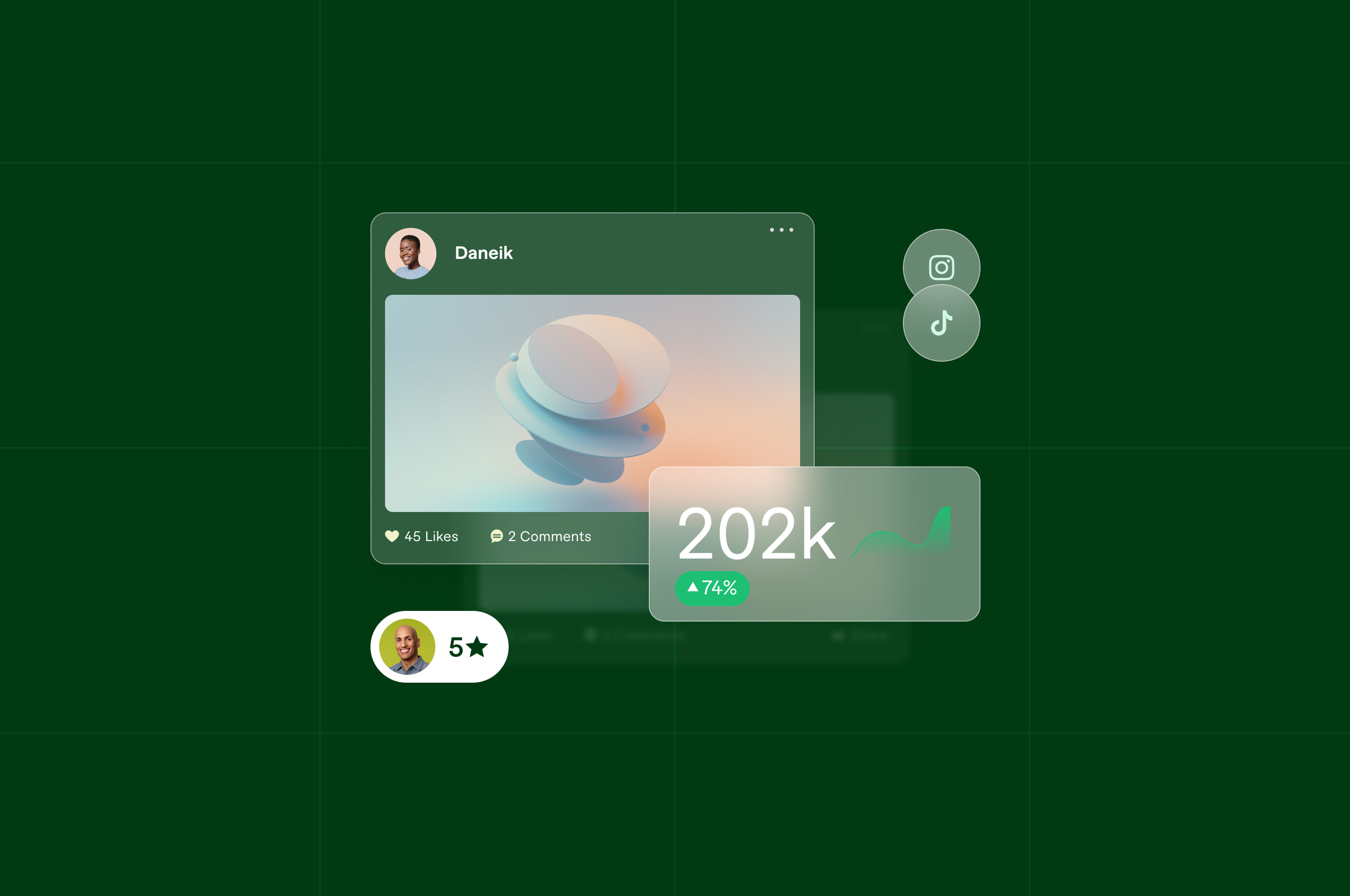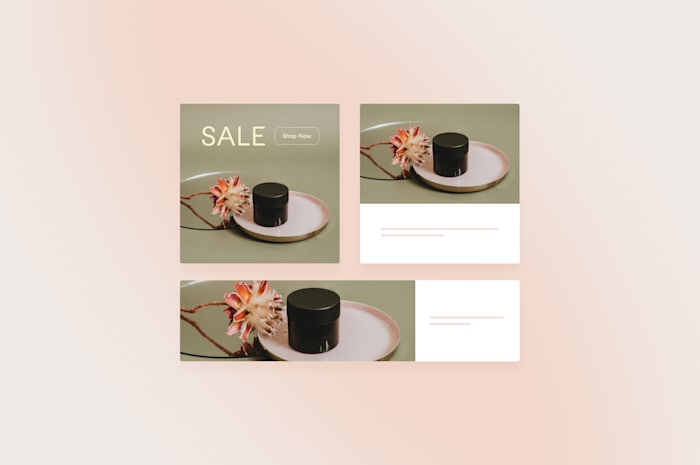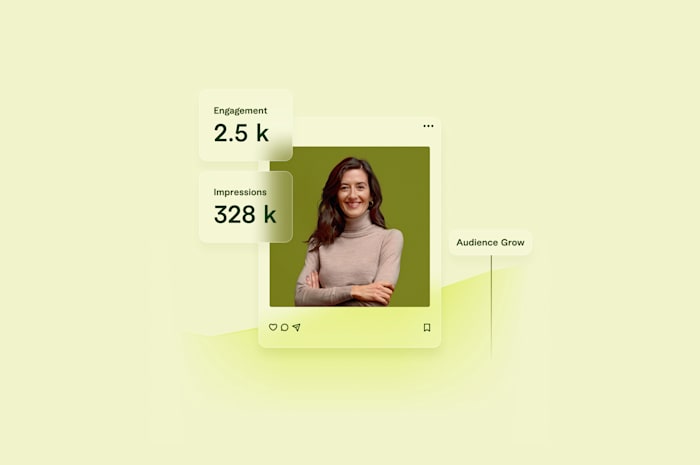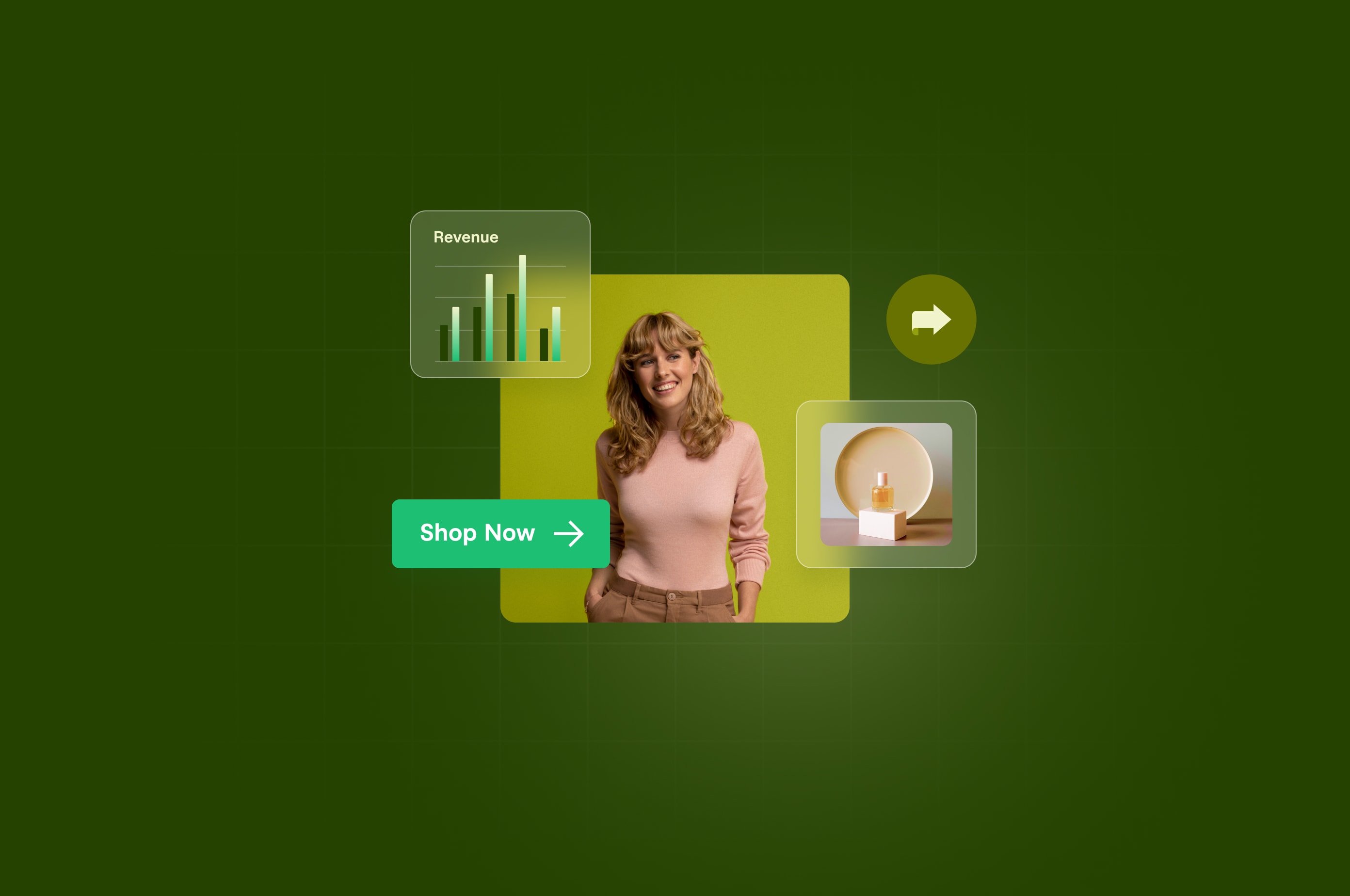Inbound vs Outbound Marketing for Better Results
Compare inbound and outbound marketing approaches to maximize your ROI and growth.
 May 9, 2025
May 9, 2025 8 minute reading
8 minute reading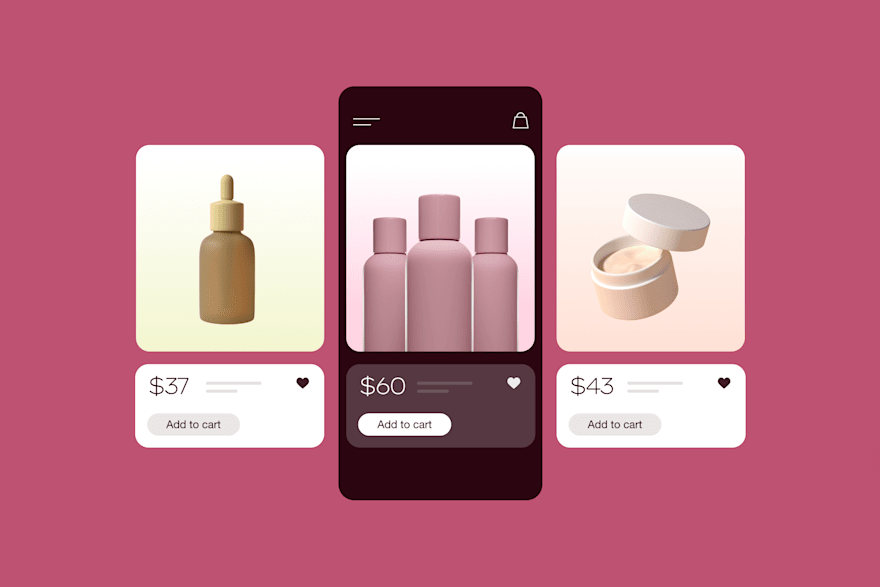
Marketing has two main approaches: pulling people in with helpful content (inbound) or reaching out to them directly (outbound).
Inbound marketing attracts customers through valuable content like blogs, videos, and social media posts. People find you when looking for solutions.
Outbound marketing actively seeks customers through ads, cold calls, and direct mail. You initiate contact with potential customers.
Both approaches have their place. The best strategy often combines elements of each, supported by lead generation services that help you find and connect with the right audience.
What is inbound marketing?
Inbound marketing attracts customers by creating helpful content they want. Instead of interrupting people with ads, you create valuable information that solves their problems. When they're ready to buy, they remember and choose you.
People find you through search engines, social media, or word of mouth. They choose to learn more about what you offer because they find it useful. The benefits of inbound marketing include lower long-term costs, higher quality leads, and better relationships with customers.
Inbound marketing tactics
Blog posts and whitepapers: Answer customer questions and position you as an expert. They build trust with potential customers who find them while searching for solutions.
Videos: Simplify complex ideas and are easily shared, expanding your reach. People watching your helpful content remember your brand when they're ready to buy.
Search engine optimization (SEO): Makes your website appear when people search for help online. Higher rankings bring more visitors without paying for ads.
Social media marketing: Builds communities through helpful, regular updates. These connections keep your brand visible to potential customers.
Email marketing: Deliver personalized content to interested prospects through automation. These touchpoints nurture leads toward becoming customers.
Webinars: Teach valuable skills while showcasing your expertise. Participants get free education and see your knowledge firsthand.
Infographics: Simplify complex data into shareable visual content that can drive traffic and build authority in your industry.
The big idea is to help first and sell second. When you consistently provide value, people naturally want to do business with you.
What is outbound marketing?
Outbound marketing is when businesses reach out to potential customers first, instead of waiting for customers to find them. Think of it as the business making the first move.
Outbound includes many traditional marketing tactics that businesses have used for decades. You send your message to people whether or not they've shown interest in what you sell. It helps businesses get noticed quickly and reach many people, but it can sometimes interrupt people's day and often costs more than other marketing methods.
Outbound marketing tactics
Cold calling and telemarketing: Calling possible customers who haven't contacted you before.
Direct mail: Sending physical items like postcards or brochures to people's homes or offices.
TV, radio, and print advertising: Publishing TV commercials, newspaper ads, billboards, and similar types of advertising.
Trade shows: Setting up booths at events to show off your products.
Cold emails: Sending emails to people who haven't asked for them.
Banner ads: Visual pay-per-click (PPC) ads that appear on websites.
Outbound marketing is good for quickly spreading the word about your business. But, it works best when combined with methods that naturally attract customers so you build lasting relationships.
Inbound marketing vs outbound marketing: The key differences
Inbound and outbound marketing are two different lead generation approaches, with each strategy using distinct methods to connect businesses with potential customers. Let’s look at the differences.
How they work
Inbound (Pull): Draws people to your business with relevant content. You create valuable information that helps potential customers looking for solutions. They find you through search engines, social media, or recommendations.
Outbound (Push): Reaches out to a large audience whether they're looking for you or not. This includes cold calls, mailers, or ads that try to grab attention from a wide group of people.
Costs and returns
Inbound: Costs more time and effort upfront to create good content and optimize your website. But once set up, you can keep getting leads without spending much more money. The cost per lead typically goes down over time.
Outbound: Has more predictable costs (like buying ad space or attending events), but usually costs more per new customer. When you stop paying, the leads usually stop coming in. Outbound can be worth it when you need quick results.
Time to see results
Inbound: Takes longer to work, often months or even years to build an audience and improve your search rankings. But, results grow stronger over time as you build more content.
Outbound: Gets faster results since you're actively putting your message in front of people. However, results typically drop quickly when you stop your campaigns.
Who you reach
Inbound: Attracts people already interested in what you offer based on their behavior rather than demographics. You might reach fewer people at first, but they're more likely to become customers.
Outbound: Reaches more people quickly, but many won't be interested right away. This means lower conversion rates despite reaching a bigger audience.
Measuring success
Inbound: Easier to track metrics in detail because it happens online. You can see exactly how many people visit your website, open emails, click links, and become customers.
Outbound: Traditional methods like TV or radio ads are harder to measure precisely. Newer digital outbound methods provide better tracking but are still not as complete as inbound methods.
Customer relationships
Inbound: Less pushy and focused on building relationships by helping first. Customers often develop stronger loyalty because they feel educated rather than pressured.
Outbound: Can feel more intrusive since it interrupts people. Focuses more on getting immediate attention and quick sales. It still works well if carefully targeted, but it risks annoying potential customers if not done thoughtfully.
When to use inbound marketing
Inbound marketing strategies work well when you want to build your brand and grow relationships over time. They're great for businesses with longer sales cycles, such as B2B software, consulting, or expensive products.
Creating helpful content educates potential customers as they make decisions. This approach also works well for businesses that rely on recommendations and repeat customers, as good content builds trust and keeps your brand in mind.
Some industries that do well with inbound include:
Tech and software companies: Sharing tutorials, success stories, and expert articles helps people understand complex products and see real examples.
Professional services: Consultants, lawyers, or financial advisors build credibility by sharing knowledge through blogs, online seminars, or guides.
Education: Schools and training providers can attract students by offering free sample lessons and helpful resources.
While you can do inbound marketing on a smaller budget using affordable content marketing tools, it does need ongoing effort. You'll need people to create content, handle SEO, and engage with audiences.
Platforms like Fiverr can be a cost-effective solution for small businesses, allowing you to hire freelance content creators, SEO specialists, and social media managers without the expense of full-time employees.
It might take longer to see results, but it becomes more cost-effective as your content keeps working for you without additional spending.
When to use outbound marketing
Outbound marketing strategies are good when you need quick visibility or want to reach specific people directly. It works for new product launches, limited-time offers, or when your customers aren't actively searching online for what you offer.
It's also helpful when you know exactly who you want to reach, like specific decision-makers at certain companies, and want to contact them through emails or calls.
Industries that do well with outbound include:
Consumer products and retail: Paid social ads can quickly spread the word about new products or sales.
Local businesses: Restaurants or home services can use targeted local ads (billboards or mail) to reach nearby customers.
Trade show industries: Businesses that need face-to-face meetings and product demonstrations—like manufacturing or medical equipment—benefit from attending events to network and show products directly.
Outbound marketing often requires more upfront money for buying ad space, trade show booths, or direct mail campaigns. Your ads, calls, or emails must be effective enough to interest people who aren't looking for you.
Many businesses use both outbound and inbound to get quick brand awareness and build long-term relationships.
Create an integrated marketing strategy
A good marketing plan uses both inbound and outbound marketing channels to achieve different goals. Inbound marketing helps you become a trusted expert and build lasting relationships, while outbound marketing quickly grabs attention.
Here's how they work together during a customer's journey:
When people first learn about you (Awareness stage)
When you have a new product or enter a new market, outbound methods like targeted social media ads, direct mail, or attending industry events help spread the word fast. For example, B2B brands have seen a 33% increase in purchase intent from LinkedIn ads. These methods reach people who might not know they need your solution yet.
At the same time, having helpful blog posts, educational videos, or informative podcasts lets interested customers learn more on their own. This creates a complete approach where people might find you through an ad and then explore your content for more information. Using HubSpot's content management system can help organize these resources while providing attribution data on which content pieces attract the most engagement.
📚 Learn: 28 Best Small Business Marketing Ideas for 2025
When people are thinking about buying (Consideration stage)
Once people know about your brand, they usually want more information before buying. Inbound marketing provides educational marketing content like detailed guides, webinars, and blog articles that position you as a helpful expert.
Outbound marketing can strengthen your inbound efforts with targeted emails or phone calls based on what a potential customer has done (like downloading a guide). For example, a software company might send a personalized demo invitation to someone who read a specific article. Personalized outreach to specific audiences moves prospects through your sales funnel more effectively than generic messaging to a broad audience.
When people are ready to buy (Decision stage)
As potential customers get closer to buying, they often look for reviews, case studies, or testimonials. Inbound channels like blogs, success stories, or detailed FAQs provide the confirmation they need.
Direct phone calls or targeted email sequences can help guide customers through their final purchase steps. A structured sales approach can address any remaining questions, making sure potential customers get the right information at the right time.
Keeping customers happy (Retention and advocacy)
After a sale, inbound content like user guides, product updates, and educational webinars help customers get the most from their purchase. This builds loyalty and encourages them to recommend your brand.
Occasional outbound contact can strengthen relationships through special offers or referral rewards. For example, a specialty store might mail VIP coupons or special event invitations, reminding existing customers why they love the brand.
Bringing it all together
The key is making your inbound and outbound strategies support each other throughout the marketing funnel rather than compete for resources. Consider your target audience, marketing goals, and budget.
Some companies might focus on inbound to build long-term trust and then add targeted outbound efforts for product launches. Others might use outbound to establish an initial market presence and then shift to more inbound methods to build trust and generate consistent, lower-cost leads.
How Fiverr freelancers support your marketing campaigns
No matter if you're using inbound or outbound marketing techniques, Fiverr freelancers can help with all parts of your work. You can hire:
Content writers to create SEO-friendly articles
Text message marketers to promote via mobile.
Graphic designers to make eye-catching landing pages
Social media experts to run your campaigns
CRM specialists to manage customer relationships
Using Fiverr professionals helps you grow quickly, fill in skill gaps, and focus on your main goals. This keeps your marketing effective and affordable, helping your business grow w
ith lower customer acquisition costs.
Inbound vs outbound marketing FAQs
What is the difference between inbound and outbound marketing?
Inbound marketing brings people to you with helpful content and builds trust over time. Outbound marketing pushes your message out to many people, often using paid ads or direct contact to get quick attention.
What is an example of inbound marketing?
An example of inbound marketing is when a company posts helpful blogs and videos that answer common customer questions. People find the brand naturally through search engines and social media.
What is an example of outbound marketing?
A classic example of outbound marketing is calling potential customers who haven't shown interest in your products yet. Other examples include sending mail or showing TV ads to reach many people quickly.
What is inbound and outbound with an example?
Inbound marketing attracts people already looking into your industry, like a blog post about "best home office setup tips." Outbound marketing reaches out to a wider group, like a furniture brand showing Facebook ads to people who haven't shown interest before.
